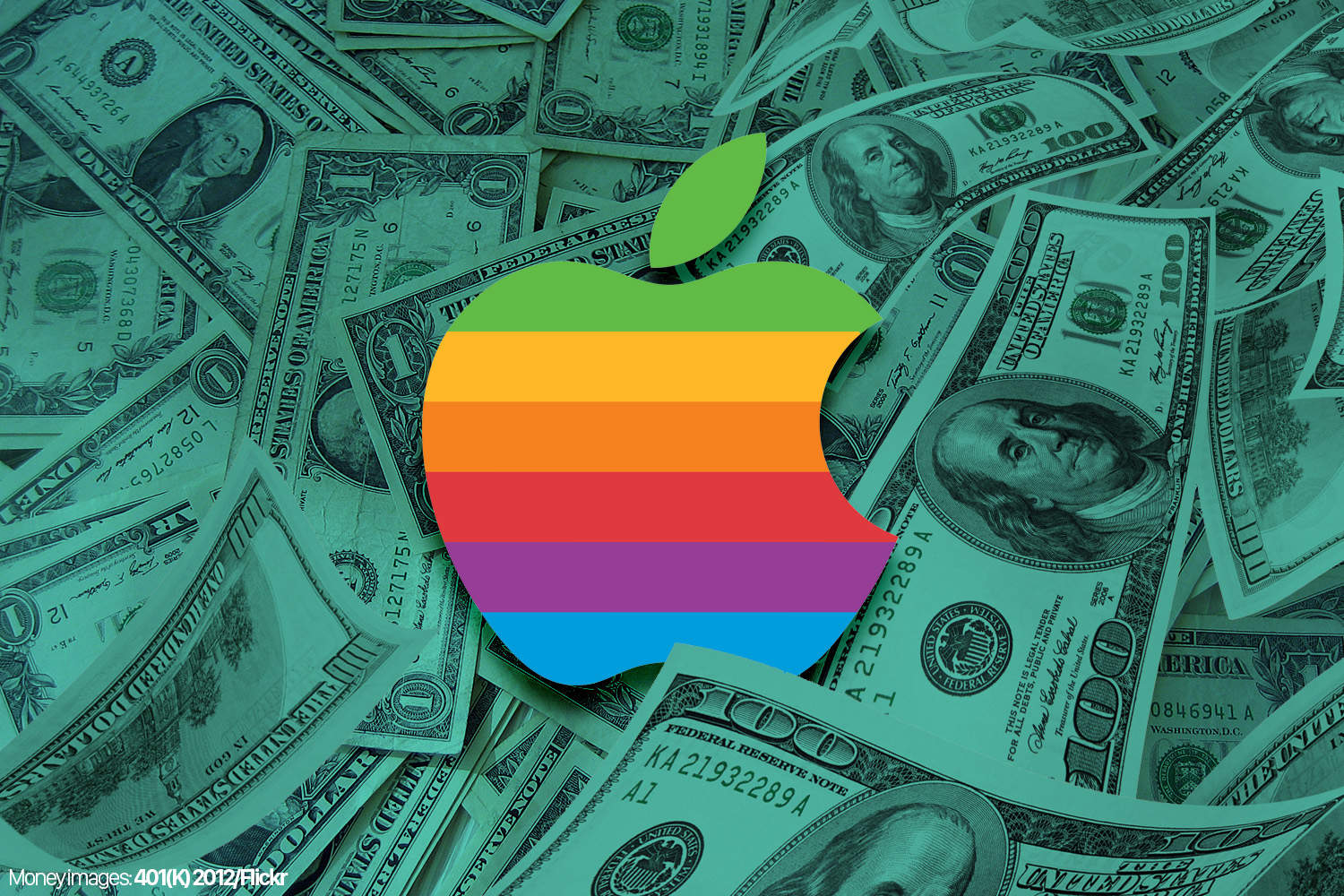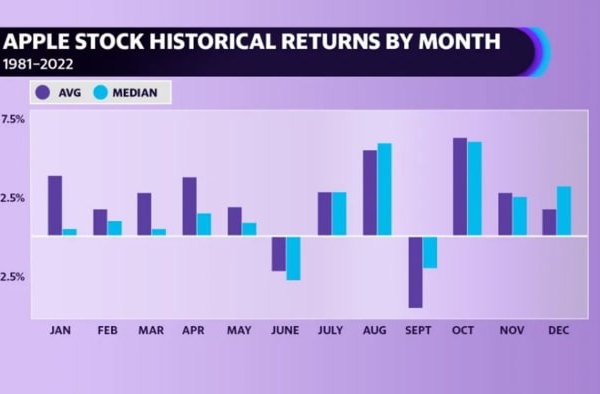Canon Apple Acquisition Rumors: A 1995 Tech Speculation

In April 1995, the tech world was abuzz with Canon Apple acquisition rumors that hinted at a potential shift in the landscape of the technology industry. This speculation arose shortly after Apple announced its quarterly earnings—while the figures showed improvement, they still lagged behind Wall Street’s forecasts, creating a fertile ground for talk of a buyout. Despite Canon’s public denials, whispers persisted that the Japanese camera giant might be interested in acquiring Apple, leading to a projected purchase price of $54.50 per share and a total valuation of $6.5 billion. During this tumultuous era in Apple’s history, with CEO Mike Spindler at the helm and exploring various suitors, Canon seemed like an unlikely yet plausible contender given their significant investments in technology, including the fascinating collaboration with NeXT. The idea of such a merger sparked imaginations, leading tech enthusiasts to ponder how a Canon-led Apple would have transformed the modern computing environment.
In the mid-1990s, the tech industry was rife with speculation about a potential partnership that could have altered the trajectory of two iconic brands; namely, the buzz around a possible Canon acquisition of the struggling tech giant Apple. During this period, Apple was grappling with financial challenges while attempting to reposition itself in a competitive marketplace, prompting discussions about acquiring entities like Canon. Not only did Canon have a track record in technology investments, but its historical involvement with NeXT after its founder Jef Raskin left Apple made these rumors intriguing. High-profile figures like then-CEO Mike Spindler were engaged in overtures to potential buyers, with Canon potentially stepping into the fray. Although the discussions ultimately did not lead anywhere, the whispers of a union between these two companies left an indelible mark on the collective imagination of technology aficionados.
The Canon and Apple Acquisition Rumors: A Historical Insight
In April 1995, a whirlwind of speculation ignited in the tech world as rumors spread that Canon, the renowned Japanese camera company, might be eyeing a partial or complete acquisition of Apple. Following an earnings report that, while showing improvement, fell short of Wall Street’s expectations, the mere thought of Canon buying Apple entered the conversation. This surprising development prompted industry experts and enthusiasts to dissect the implications of such a partnership. Canon, typically regarded as a leader in imaging technology, was not an obvious contender for acquiring a computer technology powerhouse like Apple at that time.
Despite Canon’s public denial of any acquisition discussions, the rumor persisted, fueled by the $6.5 billion valuation based on Canon’s reported offer of $54.50 per share for Apple’s stock. This moment in tech history reminds us of the volatile nature of market speculation, especially during periods of corporate restructuring and transition. With Apple navigating a rocky landscape during the 1990s, driven by management changes, including CEO Mike Spindler’s tumultuous leadership, the strength of these rumors reflected broader anxieties over Apple’s future and viability in the tech realm.
Apple’s Financial Struggles in 1995
In the early months of 1995, Apple found itself grappling with significant financial hurdles. While the company reported earnings of $73 million during the second quarter, this was an impressive leap from the previous year, yet it still paled in comparison to the scrutiny Apple was under from analysts and investors alike. With AAPL shares trading at roughly $35, the persistent speculation suggesting that Canon might acquire Apple only added to the atmosphere of uncertainty. The ongoing demand for Macintosh computers offered a glimmer of hope, but the overarching sentiment suggested that a drastic change might be necessary to ensure Apple’s survival.
The tech landscape was rapidly evolving, and steadfast competitors were emerging. Moreover, Apple’s internal challenges led to a range of potential buyers being scouted, such as IBM and Sun Microsystems. The conversation around Apple’s financial difficulties led many to wonder about the future of the company. With figures like Mike Spindler at the helm, Apple’s desperate attempts to seek partnerships and acquisitions underscored the uncertain times they were navigating.
Canon’s Technology Investments and Impact
During the late 1980s and early 1990s, Canon made significant investments in technology that positioned the company as a key player in various modern tech innovations. Their investment range included a noteworthy $100 million stake in NeXT, the company founded by Steve Jobs after leaving Apple. This partnership exemplifies Canon’s interest in broadening its technological prowess and relevance beyond just imaging and photocopying. Additionally, Canon’s role in producing the optical disc drive for the NeXT Computer further reinforced its mark on Apple’s trajectory, especially as the two companies intersected during pivotal moments in history.
Canon’s willingness to invest in tech startups, with its series of financial support to NeXT, highlighted an ambition that extended beyond its traditional product offerings. Their collaboration with Jef Raskin, the visionary behind the Macintosh, resulted in Canon’s foray into personal computing with the Canon Cat. Although this device didn’t achieve lasting market success, it illustrated Canon’s aspirations to stake its claim in the burgeoning technology landscape of the 1990s.
The Role of CEO Mike Spindler in Apple’s Fate
Mike Spindler’s tenure as CEO of Apple was marked by both opportunity and tumult. Taking the lead during a financially precarious time, Spindler faced the challenge of revitalizing a company that had seen better days. His drive to pursue potential acquisitions, like the rumored Canon deal, showcased his desperation to redefine Apple’s market position amidst gnawing fears of irrelevance. As a leader, Spindler was charged with steering Apple through an intricate web of technology shifts, competitive pressures, and internal strife.
During Spindler’s leadership, not only did discussions about Canon and other buyers surface, but it also illuminated the broader economic landscape influencing consumer electronics. Apple’s misalignment with market demands and the failure to innovate in the expected directions added weight to the idea that a fresh corporate merger could foster a much-needed transformation. Ultimately, Spindler’s departure and the ensuing leadership transition were pivotal in shaping Apple’s future, paving the way for a resurgence as new strategies took root under Gil Amelio and later, Steve Jobs.
Speculation of a Different Apple under Canon
Reflecting on the acquisition rumors of 1995, many tech enthusiasts have speculated about how a Canon-owned Apple might have rewritten the history of technology. This thought-provoking question raises discussions on corporate culture, innovation, and product development strategies, pondering whether Canon’s different leadership style and technological focus could have changed Apple’s trajectory for the better or hindered it further. An emphasis on imaging and printing technologies might have altered Apple’s iconic product line, possibly focusing more on hardware than software development, potentially diminishing Apple’s role in areas like operating systems and digital media.
The prospect of a Canon-run Apple could also lead to intriguing discussions about the collaborative synergy within global tech markets. Canon’s robust reputation in optics might have transformed how Apple approached design elements across its product lineup, possibly spawning innovative cross-functional devices that fused photography with computing. This alternative would indeed bring a unique flavor to Apple products, potentially impacting the entire landscape of consumer electronics in a different way, leaving many to wonder what could have been.
Comparative Analysis: Canon, Apple, and Industry Peers
Analyzing Canon’s position in comparison to Apple and other industry contenders during the 1990s paints a vivid picture of a rapidly evolving tech landscape. While Canon was a giant in imaging and technology investments, companies like IBM and HP were concurrently restructuring, focusing on competing effectively in the growing personal computing market. This era saw traditional boundaries between technology sectors blur, with major corporations seeking strategic partnerships and acquisitions to leverage unique strengths. Canon’s potential acquisition of Apple could have led to a formidable union capable of reshaping competitive dynamics.
The strategic considerations were not limited to Canon’s interests — it mirrored the broader market reality faced by numerous tech firms at the time. Each corporation navigated its own hurdles, and the landscape was rife with different visions of innovation. If Canon had successfully acquired Apple, it might have altered market expectations and catalyzed shifts in production methodologies across the tech field, prompting reactions from its competitors. As such, understanding these interwoven relationships provides critical insight into the nature of tech economics during a transformative era.
The Canon Cat: A Brief Exploration of Failure
The Canon Cat, introduced in 1987, serves as a reminder that not all innovations succeed, even in promising partnerships. Despite being designed by Jef Raskin, the Macintosh project pioneer, and receiving critical praise, the Canon Cat struggled to capture market interest. Its design sought to satisfy the demands of a growing computing audience, yet it ultimately faltered in sales. The lessons learned from this venture offer relevant insights into the pitfalls that accompany technology expansion, especially for companies branching out into unfamiliar territories.
Analyzing the Canon Cat’s perceived failures demonstrates the complexities that arise when merging distinct corporate cultures and philosophies. While Canon aimed to leverage Raskin’s innovative direction, the product did not resonate with consumer expectations. This underscores the importance of aligning product offerings with market needs and the essential need for companies anticipating expansion to consider consumer perspectives meticulously.
The Impact of NeXT on Apple’s Future
The timeline of Canon’s involvement with NeXT further exemplifies how partnerships can influence corporate destinies. After investing significantly in NeXT and leveraging its technology, Canon laid the groundwork for its eventual comeback story with Apple. The acquisition of NeXT in 1997 brought Steve Jobs back to Apple’s core, instigating an era of transformative innovation that would redefine the company’s trajectory. NeXT played a vital role in providing Apple with a robust software framework, ultimately catalyzing the development of iconic products like the iPod, iPhone, and iPad.
Had Canon’s investment strategy taken a different direction or had the acquisition of Apple gone differently, the dynamics of Apple’s resurgence would have looked markedly different. NeXT’s technology was foundational, and its integration opened pathways for creating a new paradigm in personal computing. This historical context serves to highlight Canon’s lasting influence on Apple’s innovation journey, emphasizing how strategic technology partnerships can yield long-term consequences.
Legacy of Speculation and Tech Acquisitions
The legacy of acquisition rumors like those involving Canon and Apple continues to shape the tech industry’s landscape today. Speculative discussions about potential mergers and acquisitions have become inherent parts of corporate strategy, as companies seek to stay ahead in an increasingly competitive environment. These narratives stimulate excitement and anxiety among investors and consumers alike, molding perceptions about future growth trajectories and opportunities within the tech sector.
Reflecting on past speculation fosters an appreciation of how strategic decisions are often contextualized by historical developments. Canon’s rumored pursuit of Apple in 1995 stands as a stark reminder of the fragility of corporate identities and the dynamic that governs tech evolution. These considerations not only inform current corporate strategies but also inspire future leaders to think critically about diversification and innovation risks in an ever-evolving technological landscape.
Frequently Asked Questions
What sparked the Canon Apple acquisition rumors in 1995?
In April 1995, rumors about Canon acquiring Apple began due to Apple’s earnings report, which, despite showing improvements, fell short of Wall Street expectations. Some reports suggested that Canon might offer $54.50 per share, valuing Apple at $6.5 billion, igniting speculation amongst tech enthusiasts.
Did Canon acquire Apple in 1995?
No, Canon did not acquire Apple in 1995. Although rumors circulated about the potential Canon Apple acquisition, both companies denied any ongoing negotiations, and the speculation ultimately did not materialize.
What role did Canon play in Apple’s history before the acquisition rumors?
Before the 1995 acquisition rumors, Canon had a history of involvement with Apple. They hired Jef Raskin, the founder of the Macintosh project, to develop his vision, resulting in the Canon Cat in 1987. Additionally, Canon significantly invested in Steve Jobs’ NeXT after he left Apple.
How did Apple CEO Mike Spindler influence the Canon acquisition rumors?
During Mike Spindler’s tenure as CEO, Apple was struggling financially, prompting discussions about possible acquisitions. His administration’s desperation to sell the company led to speculation around the Canon Apple acquisition, alongside interests from other major tech players like IBM and Sun Microsystems.
What was the impact of the 1995 Canon acquisition rumors on Apple’s stock?
The Canon Apple acquisition rumors impacted Apple’s stock price, with shares trading at around $35 before speculation of Canon’s offer at $54.50. Such rumors often lead to fluctuations in share prices as investor sentiment sways based on acquisition possibilities.
What were some other potential buyers for Apple during the 1995 rumors?
Alongside Canon, other potential buyers for Apple included IBM, Sun Microsystems, Compaq, Hewlett-Packard, Sony, Philips, and Toshiba. However, none of these negotiations progressed into actual acquisition deals.
How did the Canon investment in NeXT relate to the Canon Apple acquisition rumors?
Canon’s investments in NeXT, which included substantial funding and manufacturing support for Steve Jobs’ company after he left Apple, heightened speculation about a Canon Apple acquisition. Their connections through NeXT played a role in the discussions surrounding Canon’s interest in acquiring Apple.
What was the outcome of the Canon Apple acquisition speculation?
Ultimately, the speculation surrounding a Canon acquisition of Apple led nowhere, as both companies confirmed no negotiations and Apple later revitalized under new leadership, marking the beginning of its resurgence in the late 1990s.
Could a Canon-run Apple have changed tech history?
Speculating on a Canon-run Apple opens a fascinating debate among tech enthusiasts. If Canon had acquired Apple, it might have altered the trajectory of product development, innovation strategies, and market competition significantly.
What was the competitive environment for Apple during the Canon acquisition rumors?
During the April 1995 rumors of Canon acquiring Apple, the tech landscape was competitive, with various companies eyeing Apple as a strategic acquisition target. The company faced challenges from multiple fronts while attempting to recover from its financial troubles.
| Date | Rumor | Details | Canon’s Role | Outcome |
|---|---|---|---|---|
| April 21, 1995 | Canon might acquire Apple | Canon offered $54.50 per share, valuing Apple at $6.5 billion; Apple’s earnings report showed improvement but missed Wall Street expectations. | Canon invested in NeXT and had worked with Apple in the past; Canon’s acquisition of Apple was speculated but denied. | No acquisition occurred; Apple eventually revitalized under new leadership. |
Summary
The Canon Apple acquisition rumors circulated in April 1995 during a pivotal moment for Apple. Speculation of Canon acquiring Apple arose due to a significant offer amid challenging times for the tech company. Although there were substantial discussions regarding a potential acquisition, neither company confirmed any negotiations. The rumors highlight a unique intersection of tech history, considering Canon’s prior investments in the tech sector through NeXT. Ultimately, the merger never happened, and Apple continued to evolve, leading to its resurgence later in the decade. Today, the discussions about a Canon-run Apple lead to intriguing speculation on how differently the tech landscape might have looked.
You may also like

iOS App Store Success: A Milestone in Digital Distribution


First Email from Space: The Macintosh Portable’s Legacy
Archives
Calendar
| M | T | W | T | F | S | S |
|---|---|---|---|---|---|---|
| 1 | 2 | 3 | 4 | |||
| 5 | 6 | 7 | 8 | 9 | 10 | 11 |
| 12 | 13 | 14 | 15 | 16 | 17 | 18 |
| 19 | 20 | 21 | 22 | 23 | 24 | 25 |
| 26 | 27 | 28 | 29 | 30 | 31 | |